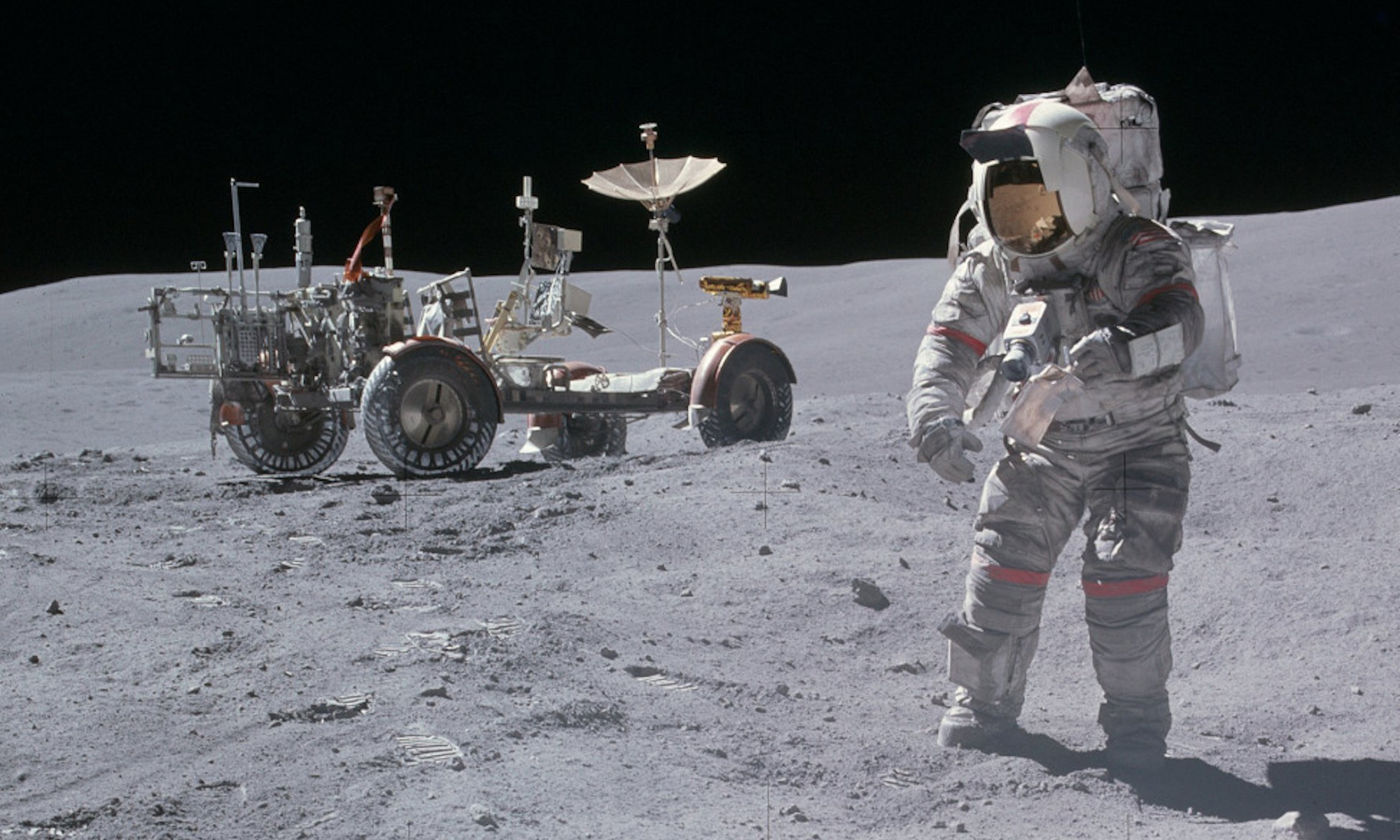The James Webb telescope turns its eye close to home by capturing its first image of Neptune, revealing the ice giant planet in a whole new light. This is the clearest view of this peculiar planet's rings in more than 30 years.
The new image, taken by Webb's Near-Infrared Camera (NIRCam), shows the crisp view of the planet's dynamic rings. The Webb images also clearly show Neptune's fainter dust bands.
Methane gas found inside Neptune is so strongly absorbing that the planet is quite dark at Webb wavelengths (0.6 to 5 microns) except where high-altitude clouds are present. Such clouds are prominent as bright streaks and spots, which reflect sunlight.
Webb also captured seven of Neptune's 14 known moons. Dominating this Webb portrait of Neptune is a very bright point of light sporting the signature diffraction spikes seen in many of Webb's images; it's not a star, but Neptune's most unusual moon, Triton.
Triton reflects an ~70 percent of the sunlight that hits it and orbits Neptune in a backwards orbit, leading astronomers to believe this moon was a Kuiper Belt object that was captured by Neptune. Additional Webb studies of Triton and Neptune are planned this year.
[Source]

